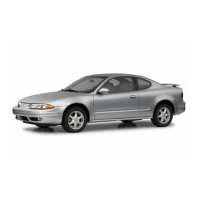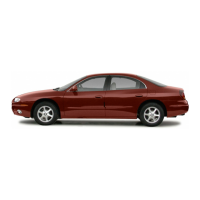According to the American Medical Association,
a
180
Ib (82 kg) person who drinks three
12
ounce
(355 ml) bottles of beer in an hour will end up with a
BAC of about
0.06
percent. The person would reach the
same BAC by drinking three 4 ounce (120 ml) glasses
of wine
or
three mixed drinks
if
each had
1
-
1/2
ounces
(45 ml) of a liquor like whiskey, gin or vodka.
It’s the amount
of
alcohol that counts. For example,
if
the same person drank three double martinis
(3
ounces or
90
ml of liquor each) within an hour,
the person’s BAC would be close to
0.12
percent.
A person who consumes food just before or during
drinking will have a somewhat lower BAC level.
There is a gender difference, too. Women generally
have a lower relative percentage of body water
than men. Since alcohol is carried in body water, this
means that a woman generally will reach a higher
BAC level than a man of her same body weight when
each has the same number of drinks.
The law in an increasing number of
U.S.
states, and
throughout Canada, sets the legal limit at 0.08 percent.
In some other countries, the limit is even lower. For
example, it is 0.05 percent in both France and Germany.
The BAC limit for all commercial drivers in the United
States is 0.04 percent.
The BAC will be over
0.10
percent after three to
six drinks (in one hour). Of course, as we’ve seen,
it depends on how much alcohol is in the drinks,
and how quickly the person drinks them.
4-4

